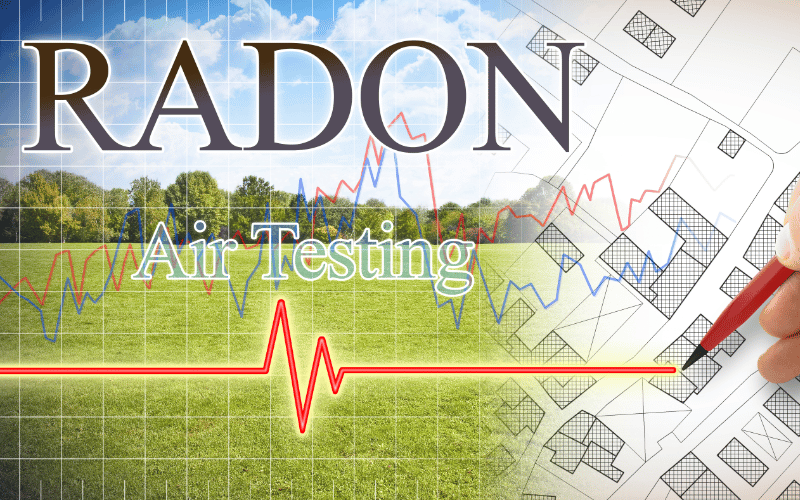Fact 9: No Safe Threshold

It’s human nature to seek boundaries and limitations, especially when it comes to potential dangers. In many scenarios, certain levels of exposure to toxins or pollutants might be deemed acceptable or “safe.” But when it comes to radon, this is a fallacy. Time and again, research has suggested that there isn’t a definitive “safe” level of radon exposure. Sure, some measurements might indicate minimal immediate risk, but minimal doesn’t mean nonexistent. To treat any radon concentration as entirely harmless is a potential oversight.
It might be tempting to look at low radon measurements and feel a sense of security. After all, lower numbers should mean less danger, right? While it’s true that reduced radon levels correspond to a diminished risk, it’s crucial to remember that any exposure, however minimal, carries some risk. The radioactivity of radon doesn’t have a switch; it’s always active, always releasing radioactive decay products. So, homes with radon levels below the recommended action threshold aren’t immune to the radon threat; the risk merely lurks in the shadows, less pronounced but still present.
For some, the unwavering emphasis on radon’s dangers might seem overzealous, particularly at low levels. However, this caution is rooted in a deep understanding of radon’s insidious nature. As a radioactive gas, radon’s decay products, even if produced in minute quantities, can be inhaled and become lodged in the lung tissues. Over time, this exposure accumulates, and the potential for cellular damage and cancer increases. There’s no clear-cut boundary where danger starts or ends, which is why continuous vigilance is crucial.
In our quest for safety, it’s essential to shift from a threshold-seeking mindset to one of continuous risk reduction. Instead of asking, “Is this level safe?” a more prudent question might be, “How can I reduce this further?” This paradigm shift is necessary for true safety. Any reduction in radon levels, no matter how insignificant it may seem, is a move towards a healthier environment. After all, with health, every precautionary step counts.
When discussing radon safety, our narrative should not be one of complacency at lower levels, but of unyielding effort towards risk reduction. It’s about creating environments where safety isn’t just a benchmark but an ongoing pursuit. Every effort, every measure taken to reduce radon exposure, is an investment in long-term health and a commitment to a safer future. (9)